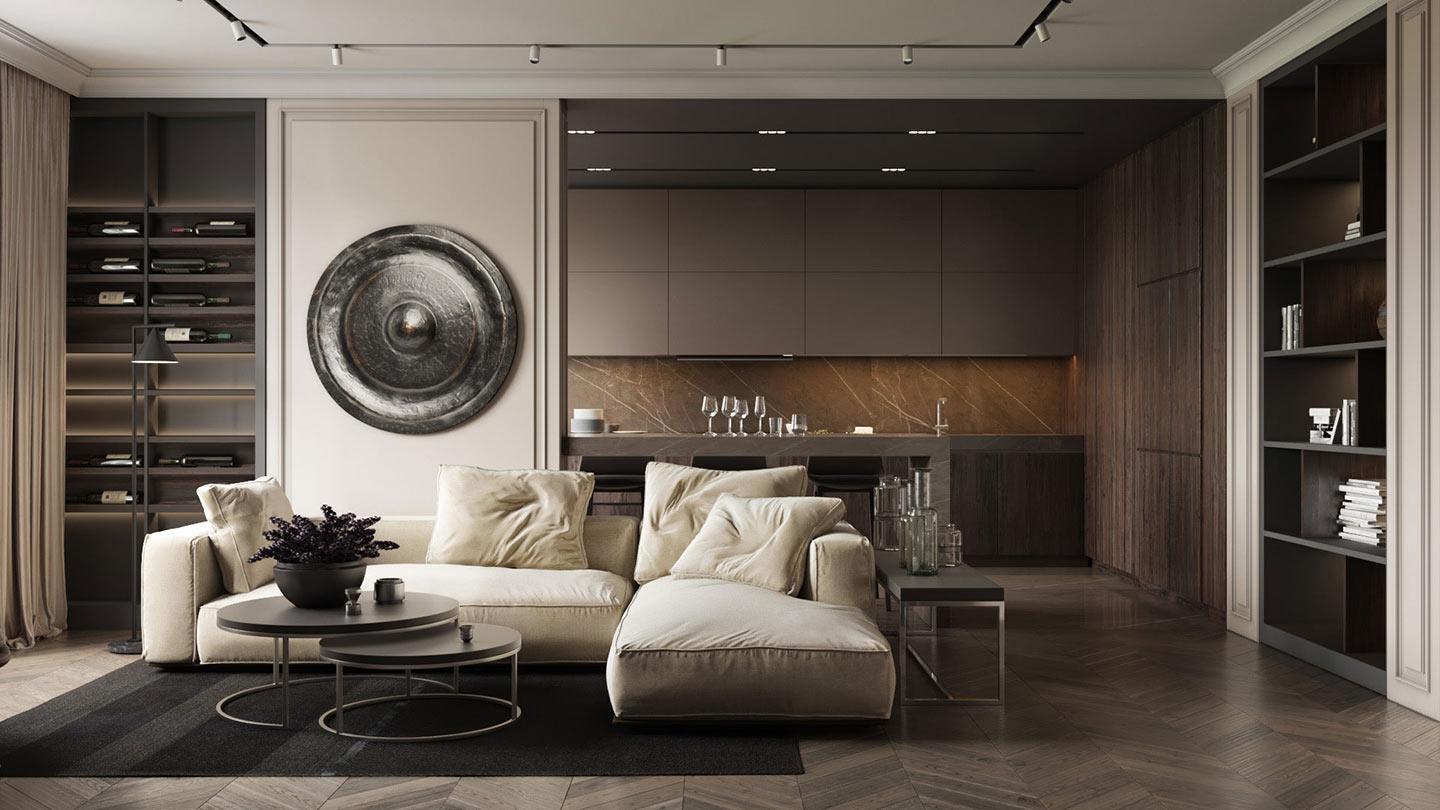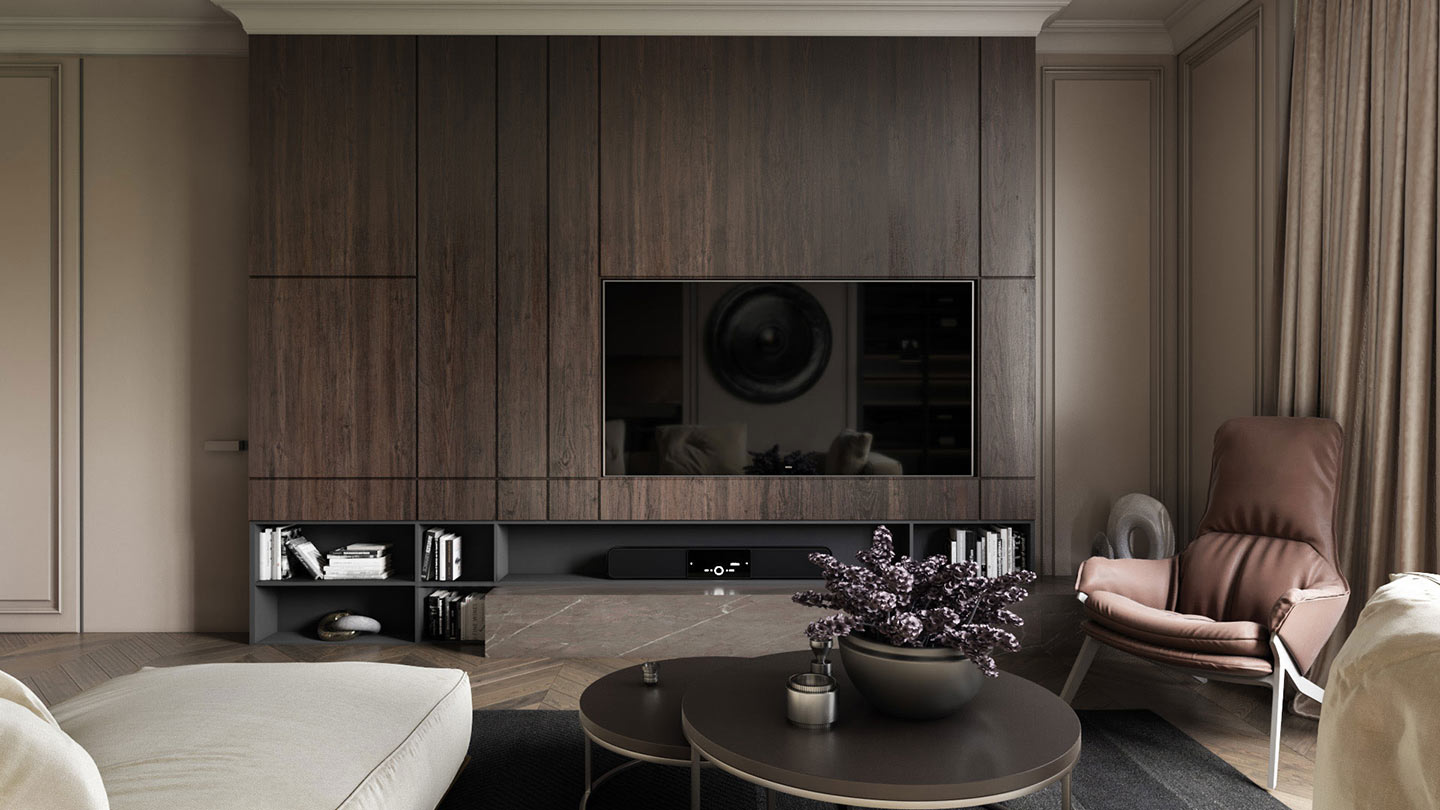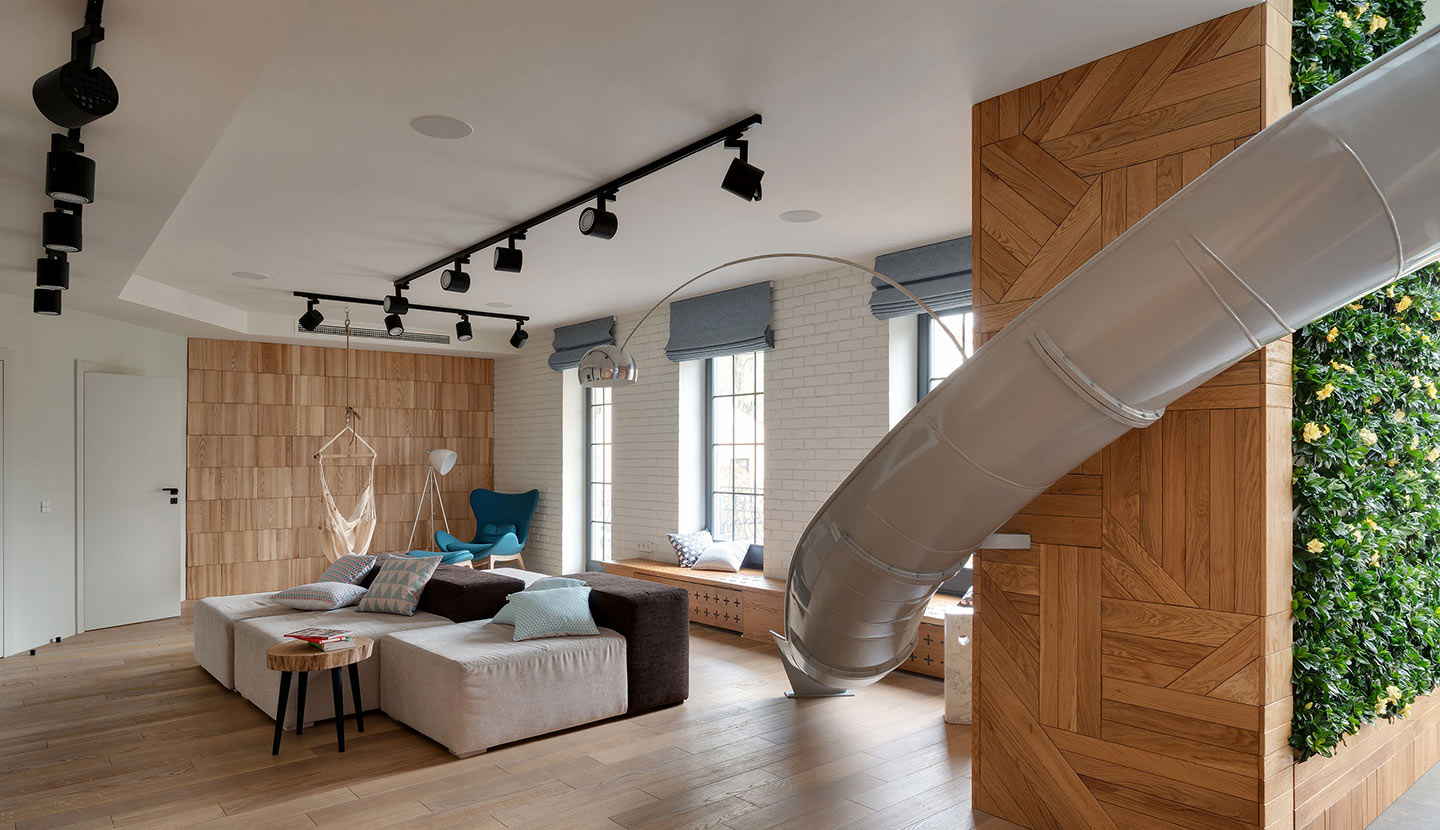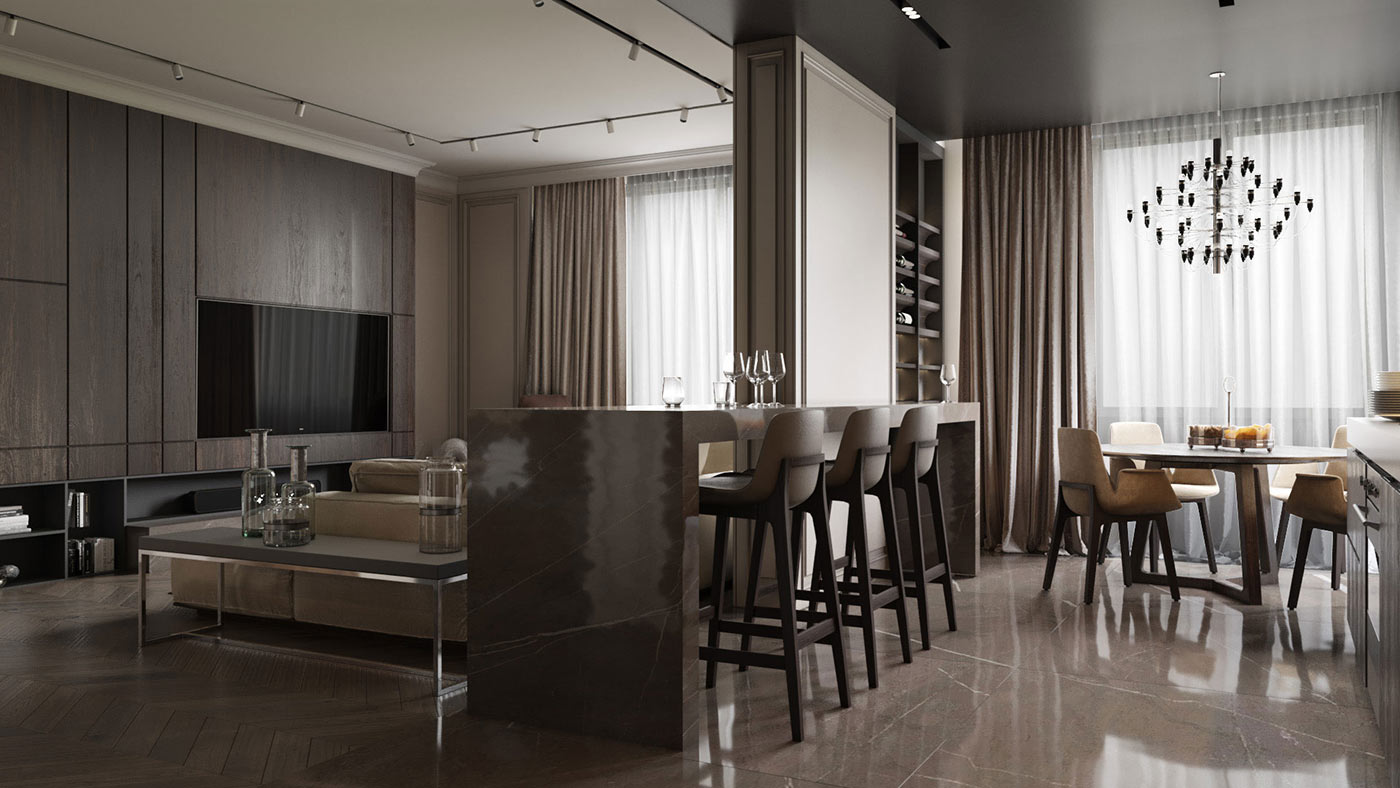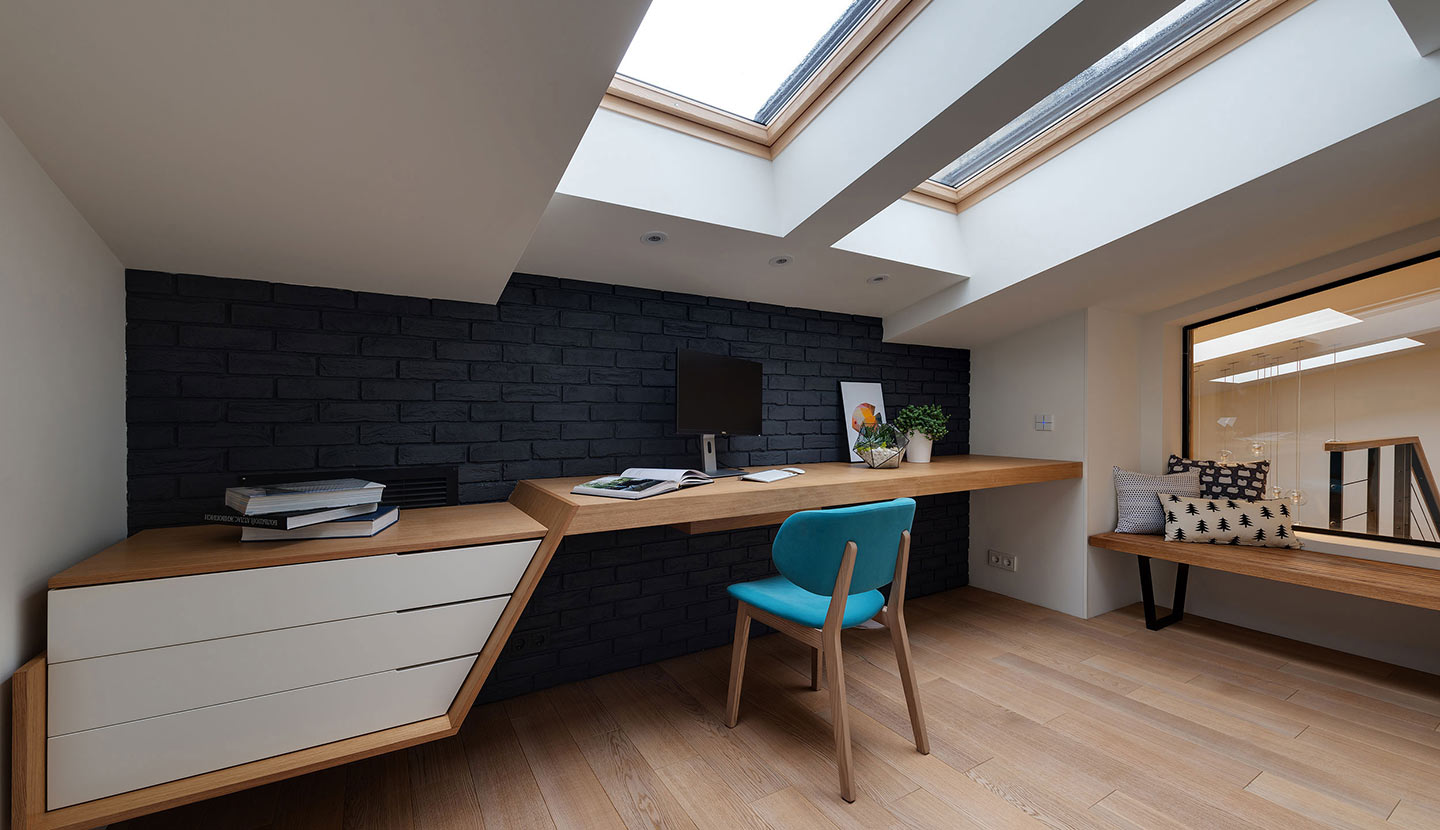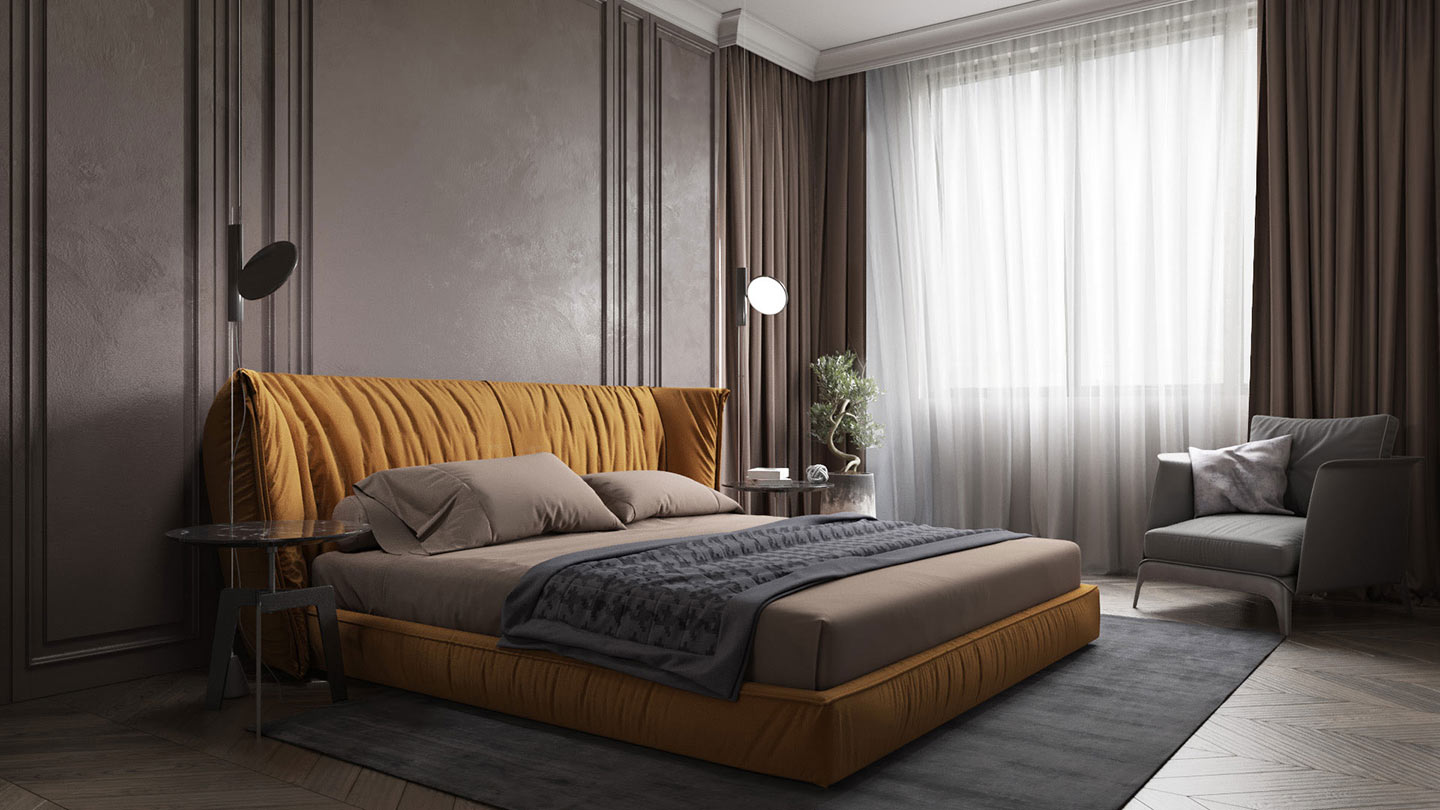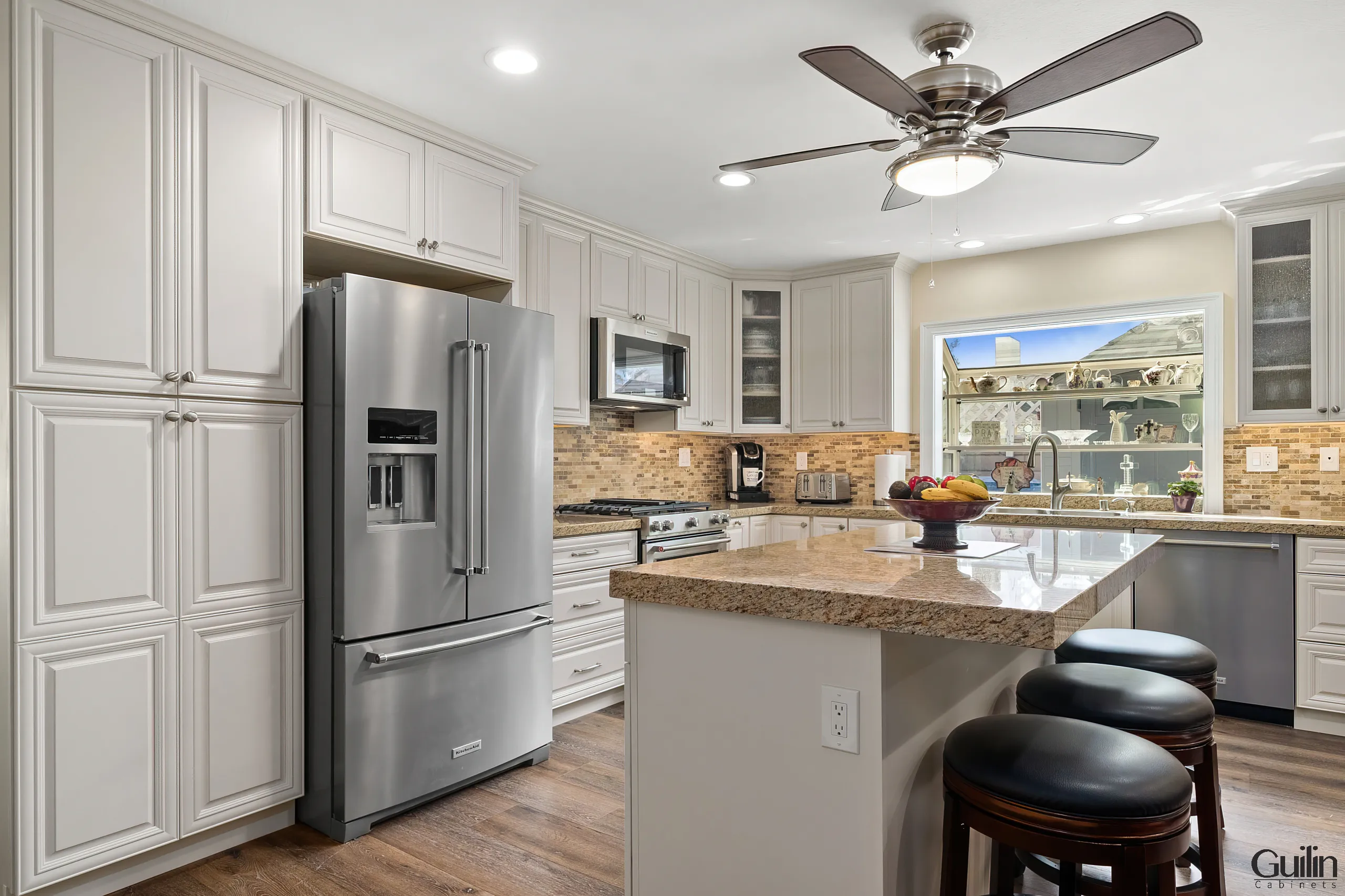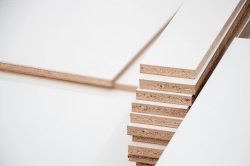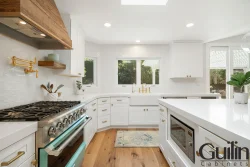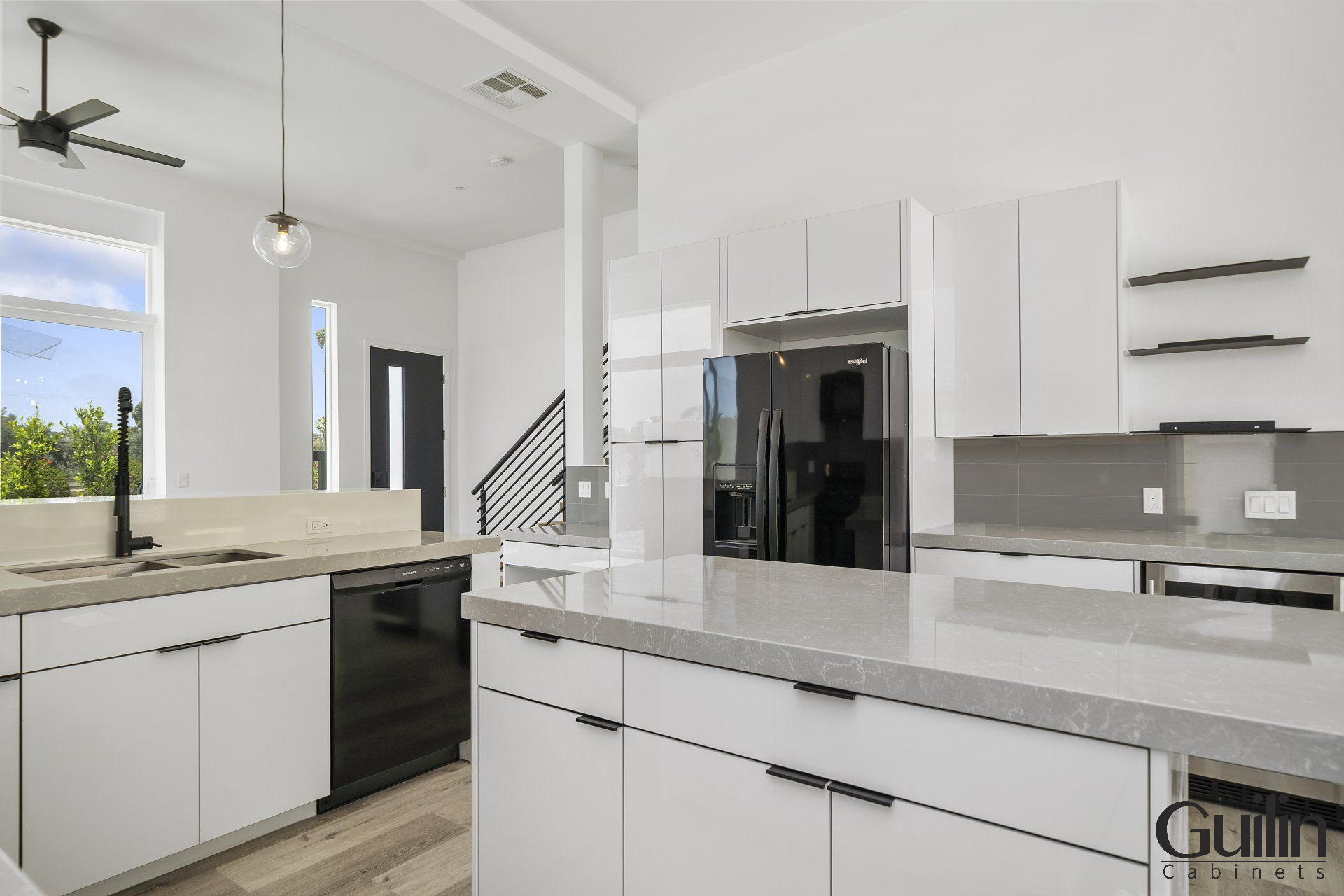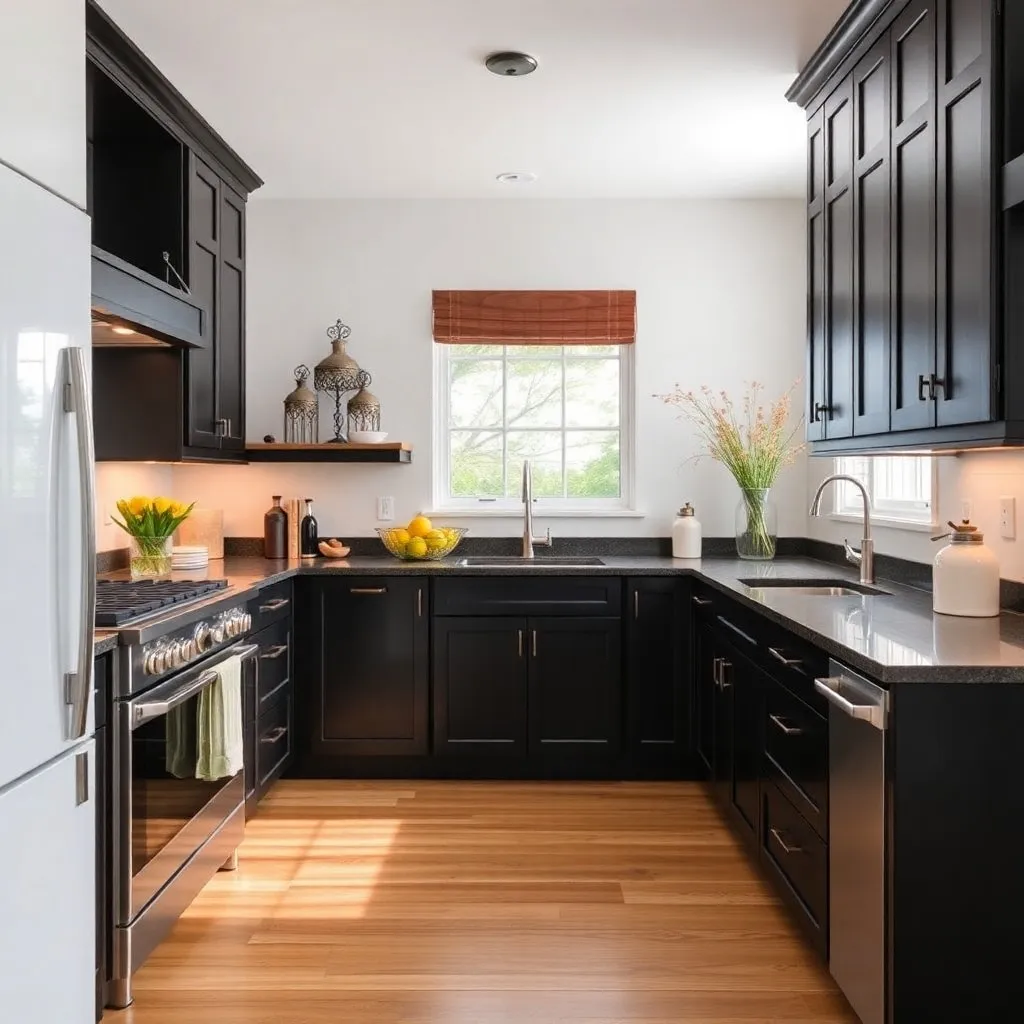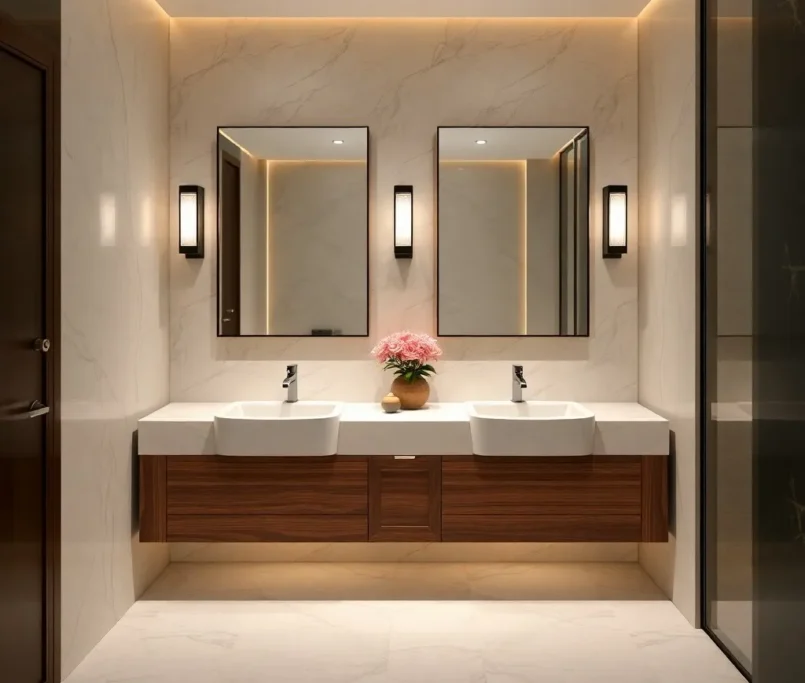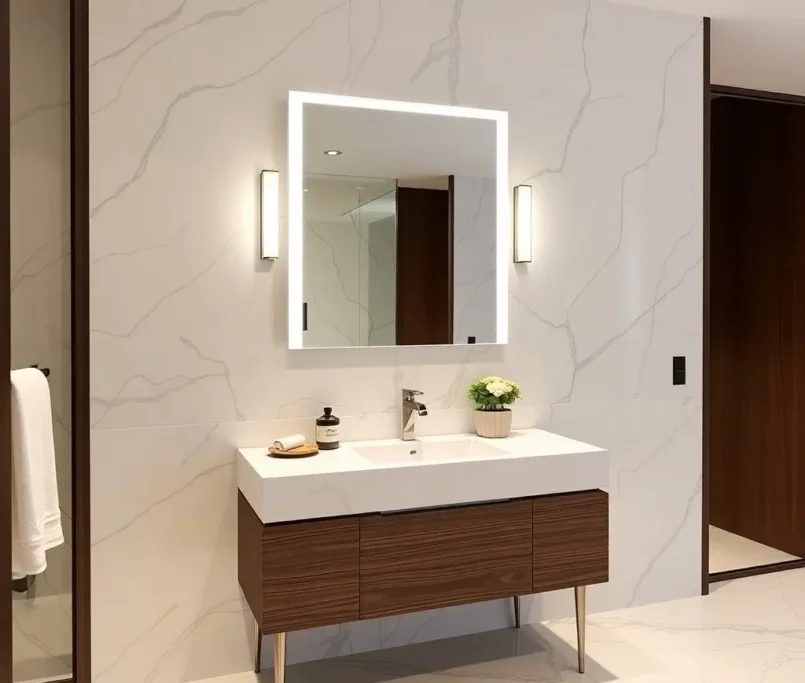Kitchen and bathroom cabinets – What is the Difference Between Kitchen Cabinets and Bathroom Cabinets? Often confuse these two things. However, there is a distinct difference between the two. The cabinets for your kitchen and the bathroom are different from each other. In this blog post, we will explore the difference between kitchen cabinets and bathroom cabinets and look at some popular examples.
About Kitchen and Bathroom Cabinets
Kitchen Cabinet:
Kitchen cabinets are an important component of any kitchen design. They provide a space for the storage of larger and heavier items such as food, dishes, cookware, and utensils. Cabinets can be built into the wall or assembled as modular units that can be customized to fit any kitchen layout. Kitchen cabinets come in a variety of materials, sizes, and styles, making them an essential part of creating a functional and aesthetically pleasing kitchen.
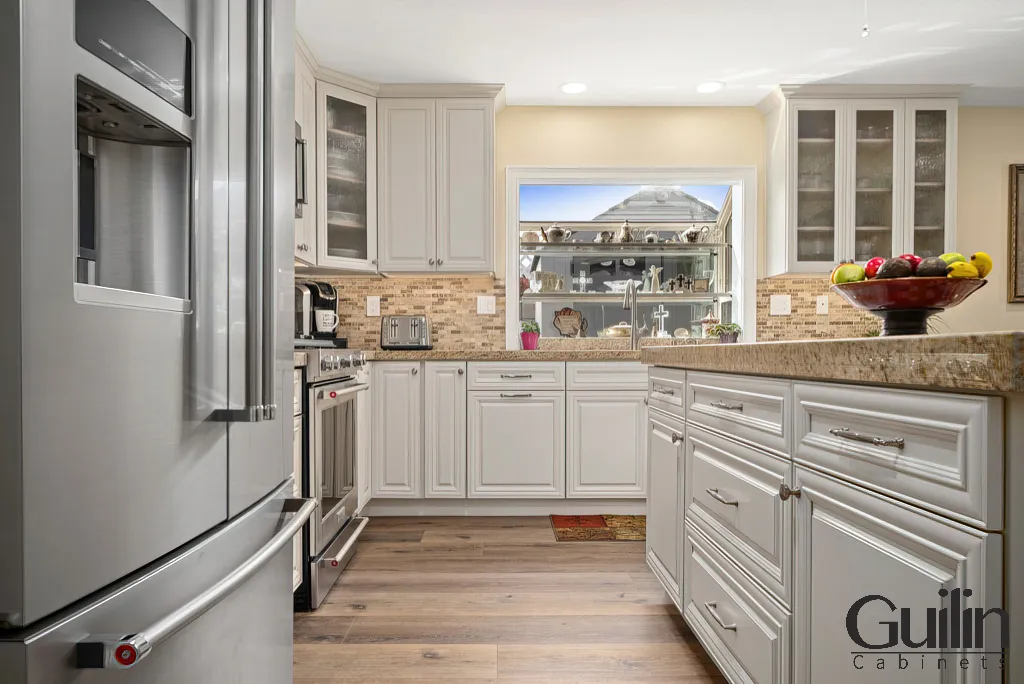
Bathroom Cabinet:
On the other hand, Bathroom cabinets are used to store small items such as toiletries and other personal items. They are available in a wide range of materials and styles, including wall-mounted and freestanding models. Bathroom cabinets can also be customized to fit any bathroom layout.
=> Read more: How to Choose Bathroom Vanity Countertop
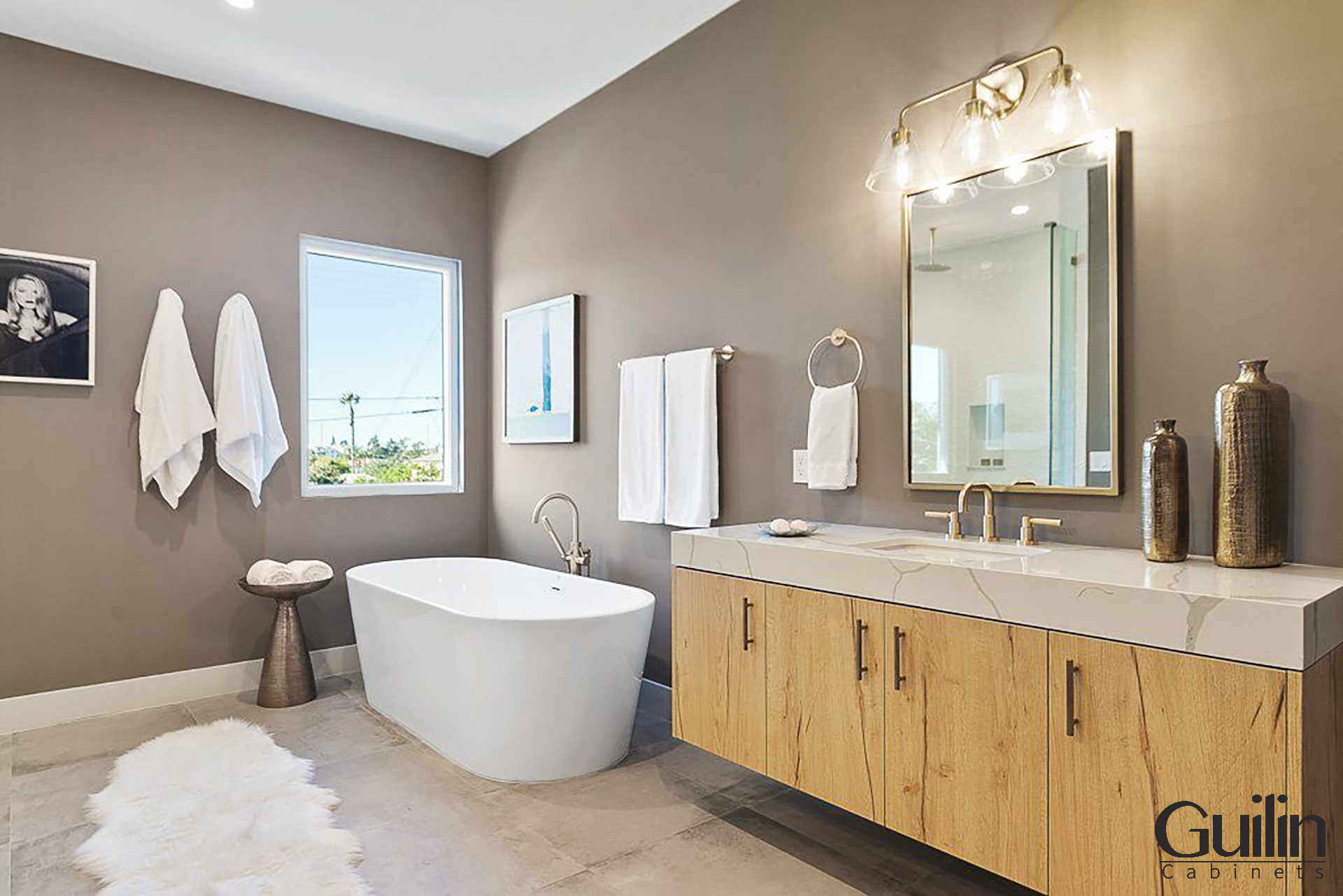
What is the Difference Between Kitchen and bathroom Cabinets?
Knowing and understanding the distinction between kitchen and bathroom cabinetry is an important one while you redecorate or upgrade your home.
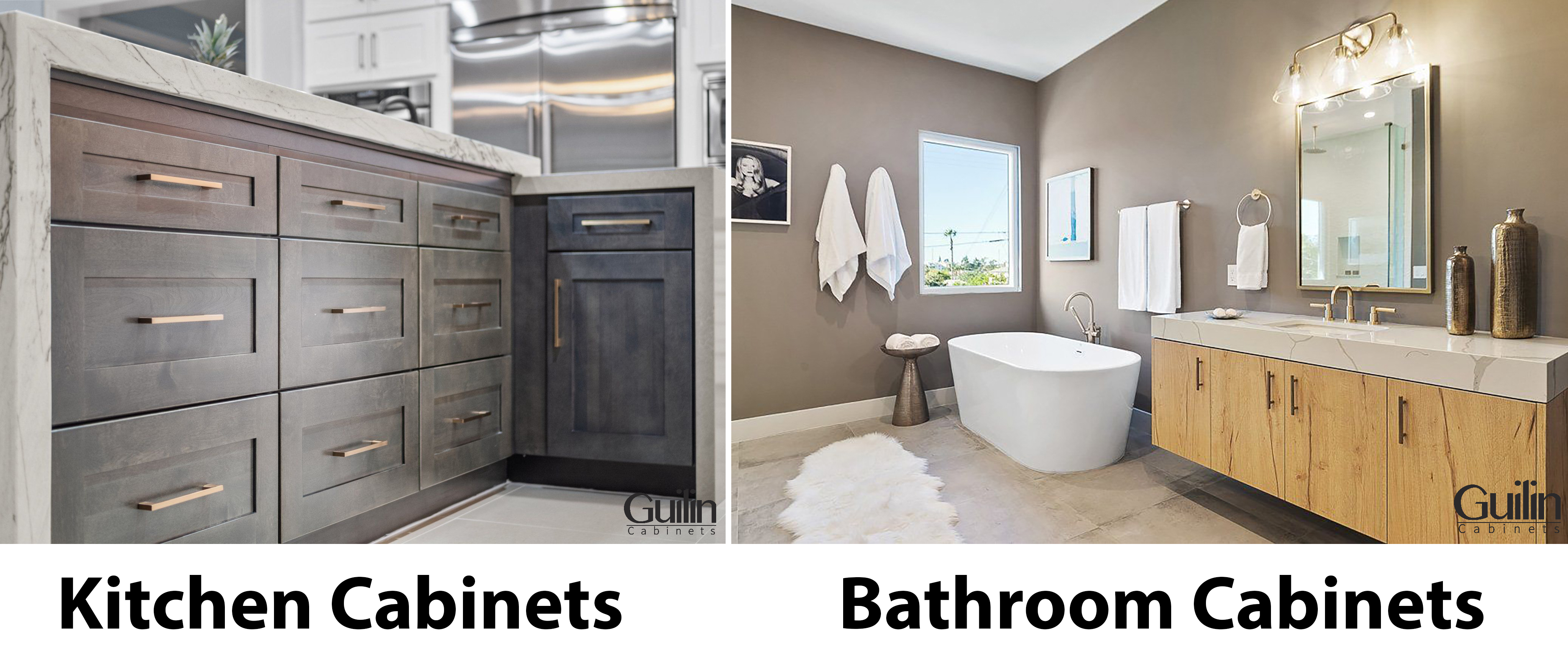
Dimensions: Kitchen cabinets are larger than bathroom cabinets
Kitchen cabinets and bathroom cabinets come in different dimensions and sizes, making them suitable for different uses. Kitchen cabinets are typically larger and higher than bathroom cabinets and are designed to store heavier kitchen items such as dishes, utensils, and food. Kitchen cabinets also have wider drawers and shelves to accommodate heavier items. Bathroom cabinets, on the other hand, are typically shorter and more narrow than kitchen cabinets and are designed to store lighter items such as toiletries, towels, and bathroom supplies. Bathroom cabinets also have shallower drawers and shelves to accommodate these lighter items.
For Example:
- Kitchen cabinets: usually 24 inches deep or more. They are bigger and stronger than bathroom cabinets.
- Bathroom cabinets: Bathroom cabinets and vanities tend to be a bit more compact and have a storage room around 21 inches deep.
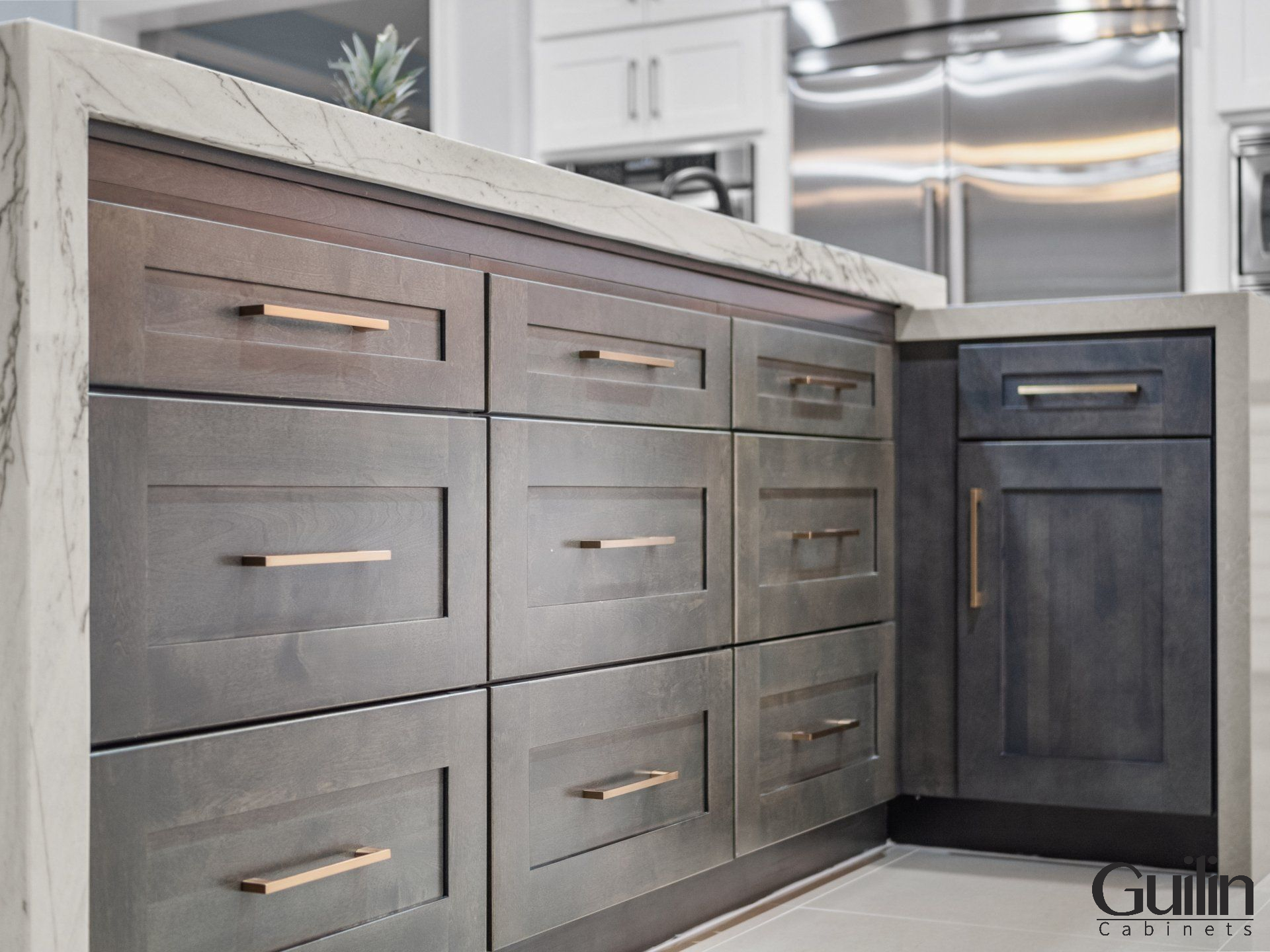
Height, Depth: Kitchen cabinets are higher and deeper than the bathroom.
Kitchen cabinets are typically between 30 and 42 inches in height, while bathroom cabinets are usually between 24 and 30 inches in height. The depth of kitchen cabinets can also vary, with some as shallow as 20 inches and some as deep as 24 inches or more, depending on the model and the space available. Bathroom cabinets tend to have a much shallower depth, usually between 12 and 21 inches, to fit within the smaller space. The differences in height and depth between kitchen and bathroom cabinets make them suitable for different types of storage. Kitchen cabinets are well suited for storing large and bulky items, while bathroom cabinets are ideal for storing smaller items such as toiletries, medicines, and other essentials.
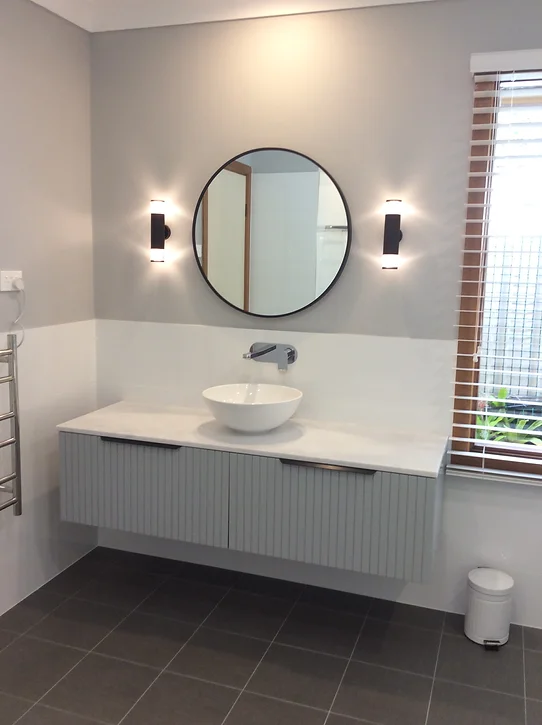
Different Cabinet Building Materials: plywood, MDF, stainless steel, aluminum…
Kitchen cabinets and bathroom cabinets have different needs and requirements, so it is important to understand the differences between the two. The most important factors to consider when selecting cabinets are the type of wood and the finishing used.
- For Kitchen Cabinets: In a kitchen, with moderate temperatures and low humidity, where have more air circulation, a variety of woods can be used as long as they are adequately finished.
- For Bathroom Cabinets: However, when it comes to bathrooms, due to the constant changes in temperature, and humidity it is important to choose cabinets that are made of moisture-resistant materials and finished with a moisture-resistant coating.
=> Read More: How Much Weight Can Bathroom Vanity Cabinets Hold?
Ideals Materials For Kitchen Cabinets:
- Plywood Kitchen Cabinets: Plywood Wood is the most popular choice for kitchen cabinets because it is attractive, durable, and relatively inexpensive. They have lots of finishes options: Plywood laminates, plywood with wood veneer finish, plywood laminate, and plywood PU paint… => Read more about Plywood Cabinets: Pros and Cons to Consider
- Medium Density Fiberboard (MDF): MDF and particle board with a laminate finish are also popular choices for kitchen cabinets. This is due to the cheap price and the fact that it’s super easy to clean and maintain.
- Stainless steel, and aluminum Kitchen Cabinets: are popular choices for cabinets in commercial applications, such as restaurants, as they are highly durable and resistant to corrosion.
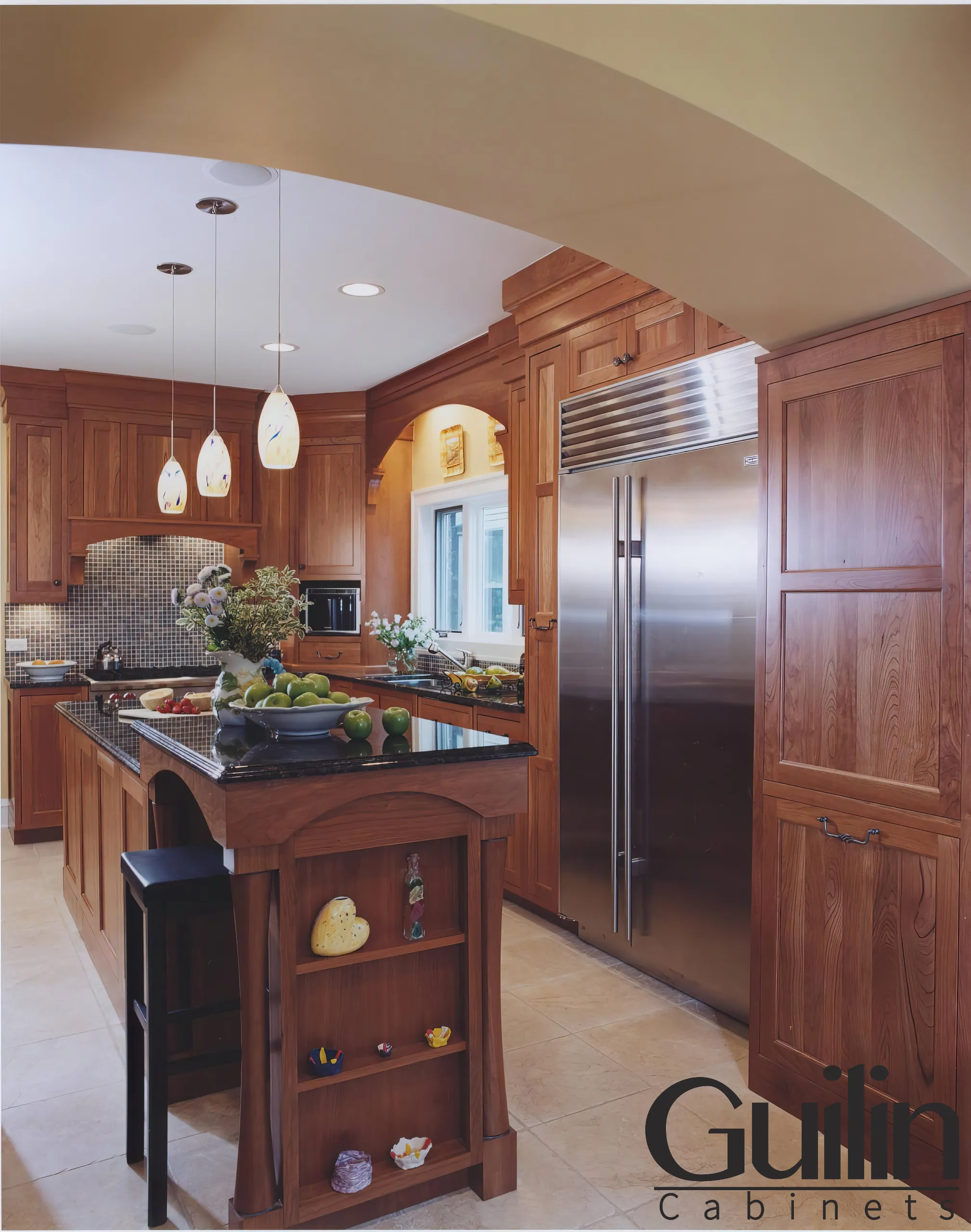
Ideals Materials For Bathroom Cabinets:
- Waterproof plywood: this is the Best Option for Bathroom Cabinets – This type of plywood is specially manufactured to resist the penetration of water, making it perfect for applications that require extra protection from moisture. The waterproof property of the plywood is achieved by adding more layers of plies and gluing them together with waterproof adhesive. This makes it more resistant to shrinking, rotting, and warping when exposed to water.
- Moisture-Resistant MDF: Another good option is Moisture-Resistant MDF or MR-MDF, which is specially treated to resist moisture, humidity, and mildew. This type of MDF is commonly used in areas exposed to moisture, such as bathrooms, kitchens, and laundry rooms. MR MDF comes with a green dye to differentiate it from Standard MDF.
- Solid wood: is a common material that is used for bathroom cabinets. Bathroom Vanity Cabinets made of solid wood are usually found in baths of luxury establishments as they help create an atmosphere of elegance and traditional style. => Read more: Solid Wood Cabinets: Pros and Cons to Consider
- PVC: is a good choice for bathroom cabinet material! Not only is it inexpensive, but it’s also almost entirely impervious to liquid, making it a great option for storing towels, cleaning products, and extra linens. The surface of PVC is smooth and easy to paint, and because it’s heat-resistant, it requires minimal maintenance. All these benefits make PVC a great material for creating bathroom cabinets that can last for years! With its affordability and low maintenance, PVC is an ideal solution for any bathroom renovation project.
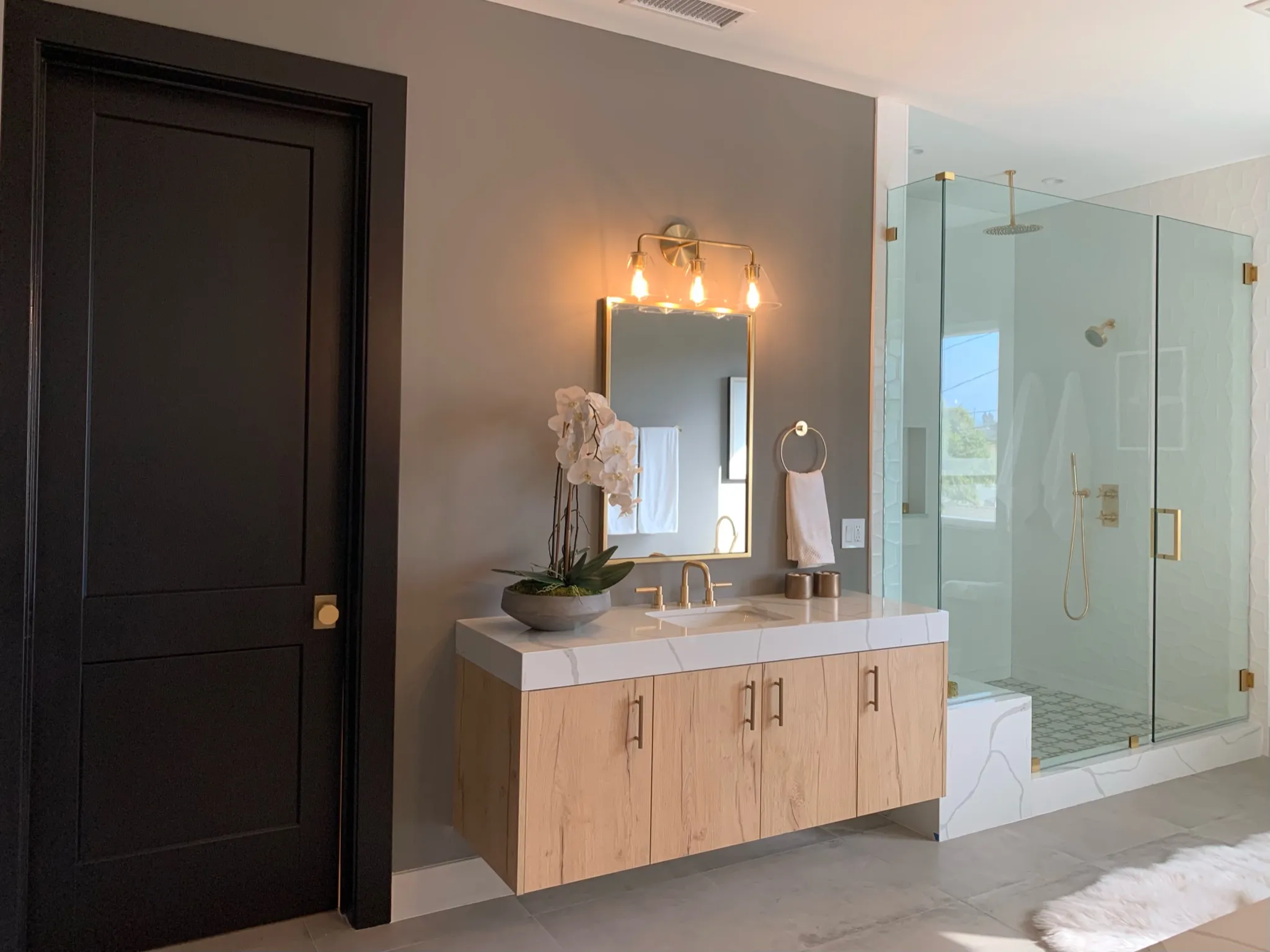
Can Kitchen Cabinets Be Used in the Bathroom?
While you can technically use both kitchen and bathroom cabinets interchangeably, it is not recommended. Here are 3 Main Reasons why Kitchen cabinets are not recommended used in the Bathroom:
- Bathrooms are typically exposed to higher levels of moisture and humidity, which can cause damage to materials that are not designed for this type of environment. Bathroom cabinets are typically made from materials that are water-resistant or waterproof, such as PVC or other plastic materials, or specially treated wood.
- In contrast, kitchen cabinets are designed for dry environments. They are typically made from solid wood or engineered wood with a protective finish, sturdy enough to withstand high volumes of use and heavy objects. If used in a bathroom, these cabinets may be more susceptible to water damage, warping, or cracking.
- Additionally, bathroom cabinets often have different design features to accommodate plumbing fixtures, such as sink cutouts and space for piping. These design elements may not be present in kitchen cabinets, making them unsuitable for use in a bathroom.
=> Related Articles: How Much Weight Can Kitchen Cabinets Hold?
FAQs About Kitchen Cabinets Vs Bathroom Cabinets
What is the fundamental difference between kitchen cabinets vs bathroom cabinets?
Kitchen cabinets and bathroom cabinets serve different functions and hence differ from each other in many ways. Both are designed to organize and store items, but bathroom cabinets are intended to provide functional elegance, while kitchen cabinets are meant to provide functionality along with convenience.
How do the design and aesthetics of kitchen cabinets differ from bathroom cabinets?
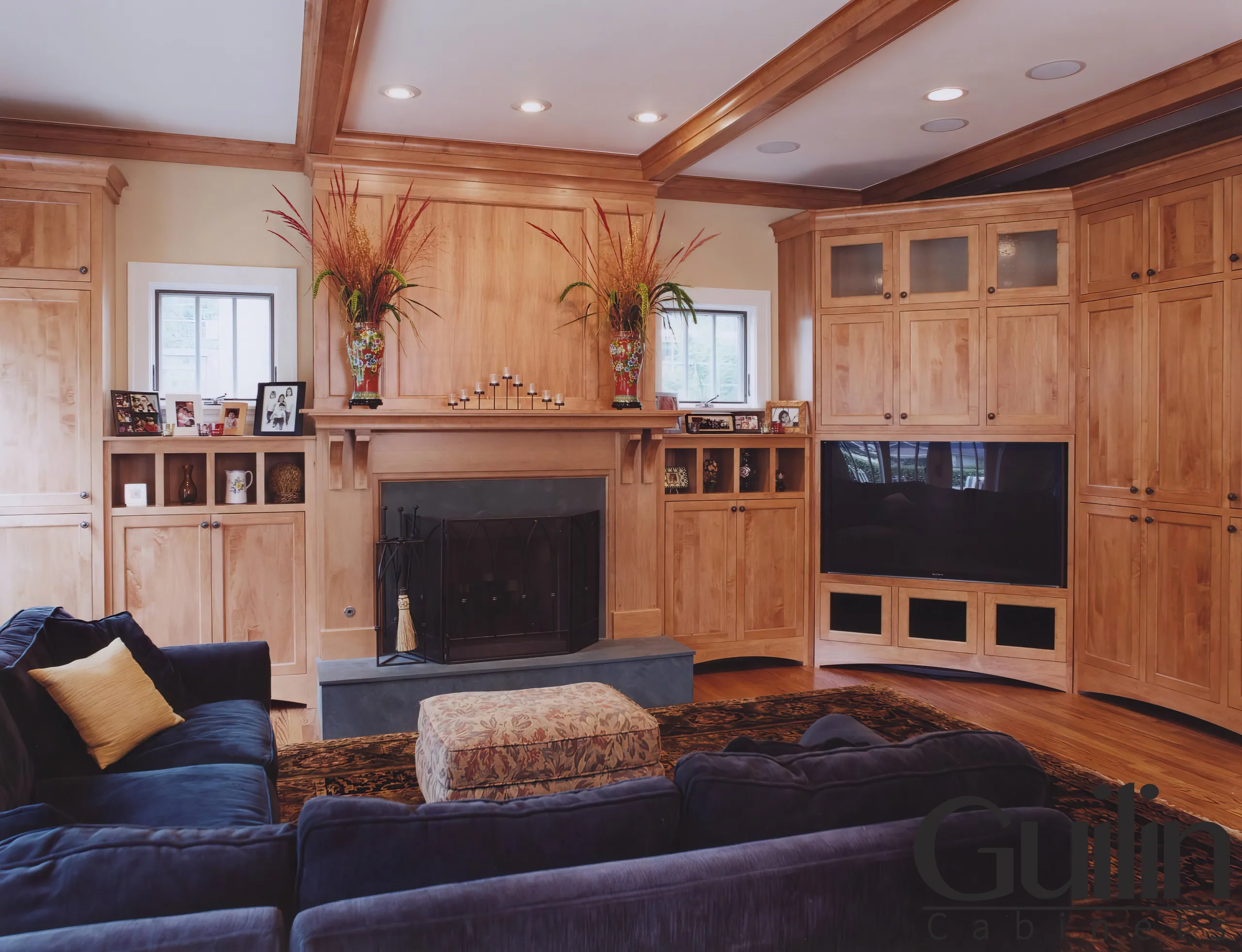
The design and aesthetics of kitchen cabinets are considerably different from bathroom cabinets. Kitchen cabinets are available in a wide range of styles, from rustic and traditional to modern and contemporary. They often come in neutral or warm color schemes, with wood or painted finishes. Bathroom cabinets, on the other hand, are typically more elegant, and sleek, and often feature unique decorative elements that match the overall design of the bathroom. They usually come in white, black, or other light colors, with glossy or high-gloss finishes.
What materials are commonly used in kitchen cabinets versus bathroom cabinets?
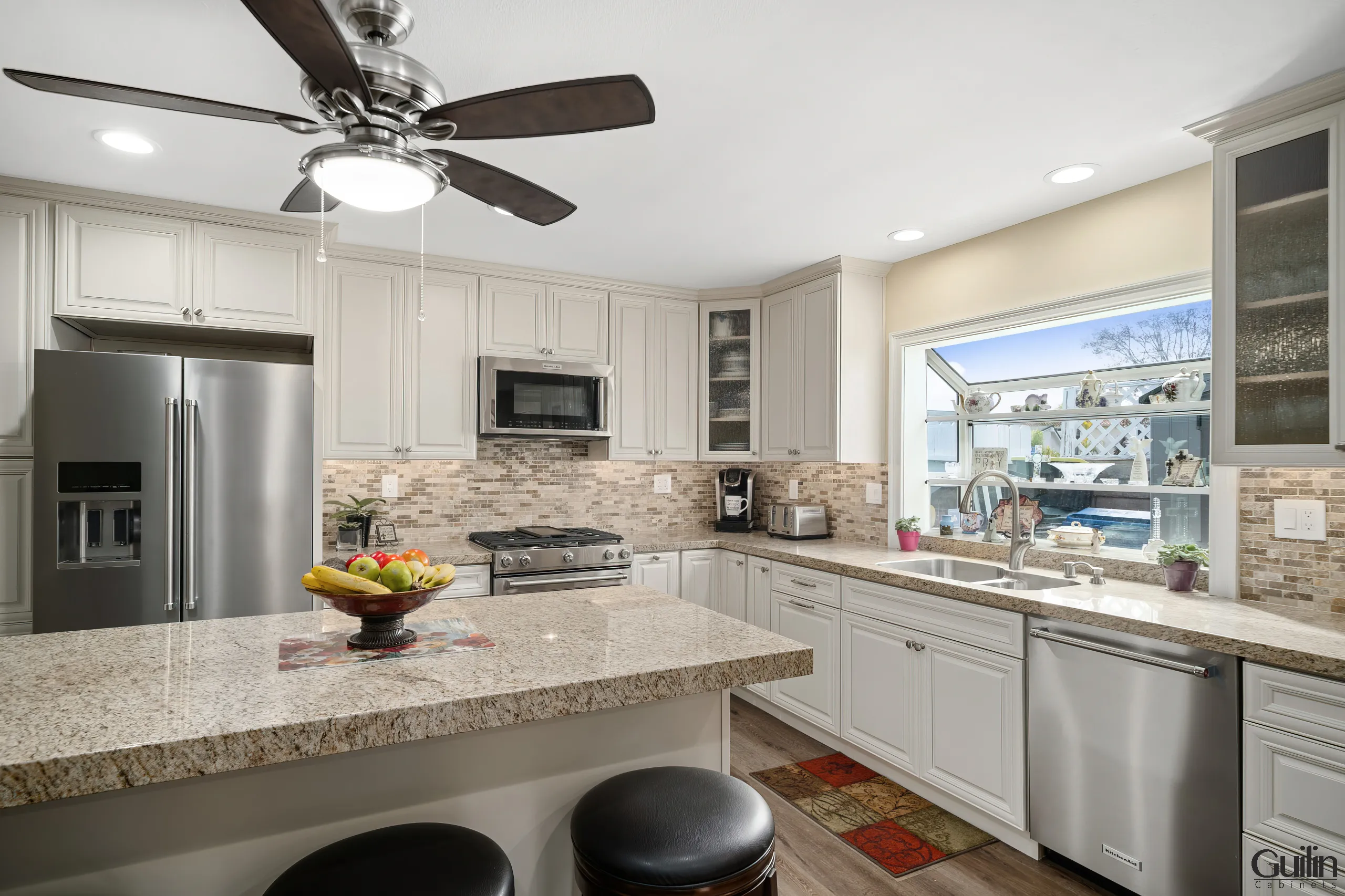
The key difference between kitchen cabinets and bathroom cabinets lies in the material they are made from. Kitchen cabinets are typically constructed from strong, durable materials that can withstand heavy use and moisture, such as wood, laminate, or Standard MDF. Bathroom cabinets, on the other hand, require materials that are not only strong but can also resist water and humidity. Materials commonly used in bathroom cabinets include Moisture-resistant MDF, stained wood, laminates, and metals.
Can I use kitchen cabinets in the bathroom, or vice versa?
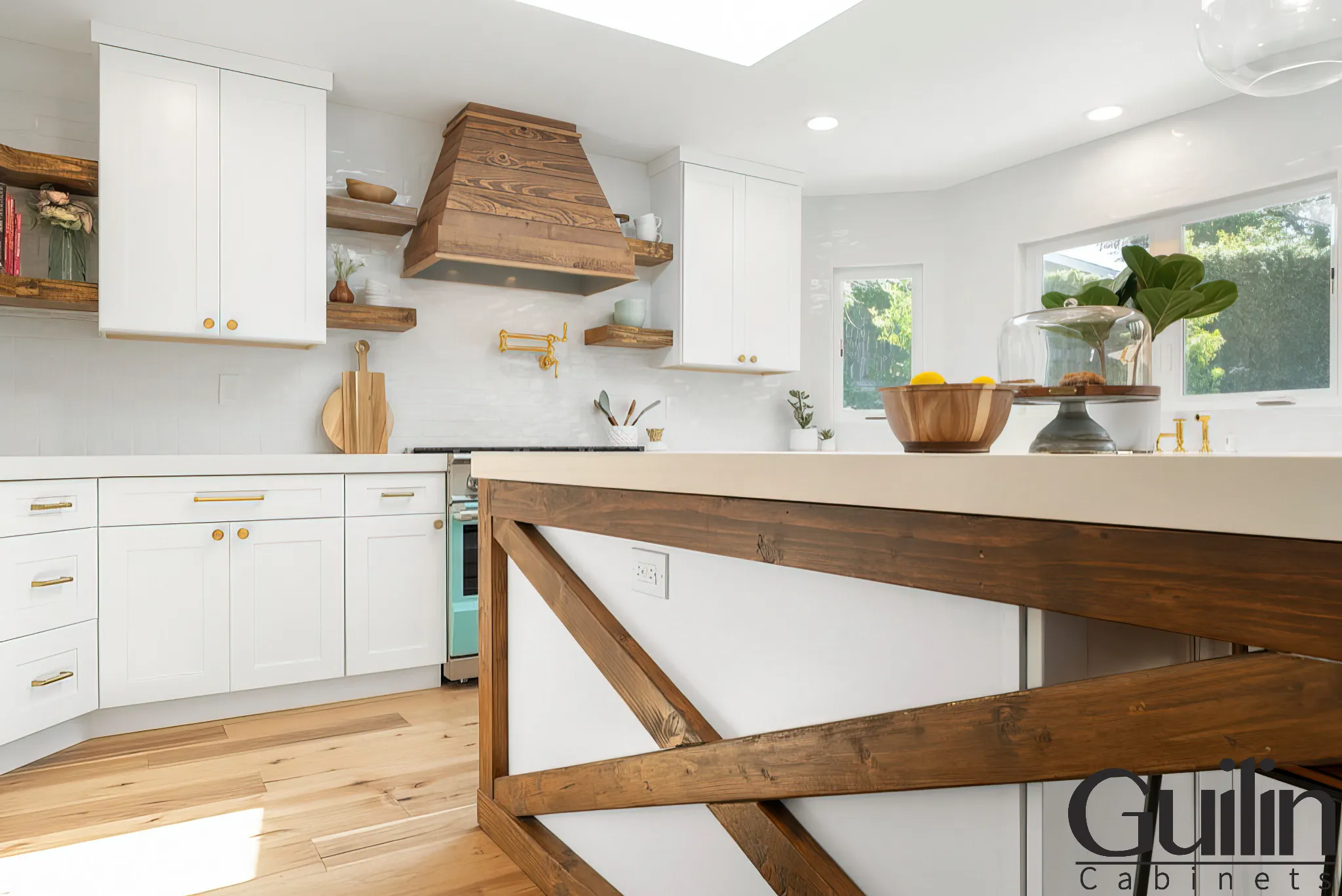
While you can technically use both kitchen and bathroom cabinets interchangeably, it is not recommended. Since bathroom cabinets are designed with water resistance in mind, they are likely to hold up better in a bathroom environment. Similarly, kitchen cabinets are better suited for the kitchen, as they are sturdy enough to withstand high volumes of use and heavy objects, such as large pots or cans.
Does the installation process differ between kitchen cabinets and bathroom cabinets?
While the installation process for kitchen and bathroom cabinets varies by contractor, bathroom cabinets may require additional installation steps to ensure they can withstand the humidity and moisture associated with the bathroom. Different types of hardware, such as rust-resistant hinges or soft-close drawers, may also be used in bathroom cabinets to ensure they are durable enough to last.


